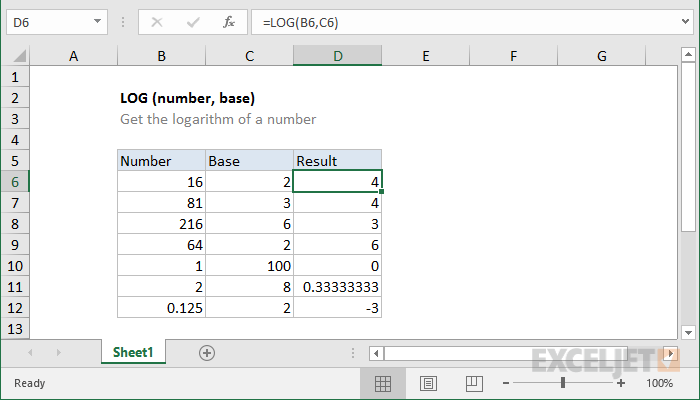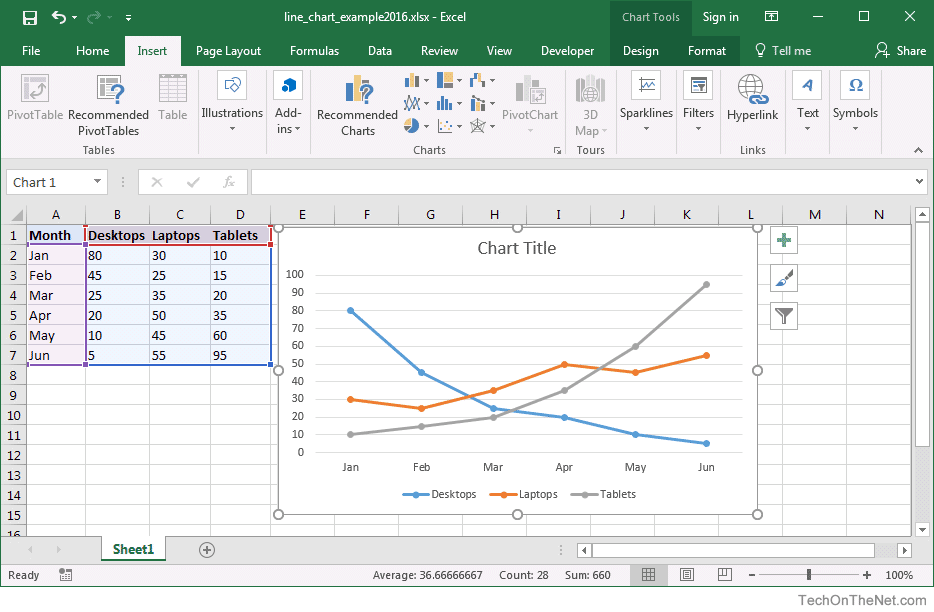

- #How to make a logarithmic graph in excel for mac how to#
- #How to make a logarithmic graph in excel for mac series#
Excel makes it easy to create graphs like this, but it’s always a bad idea. Stephen Few, author of Show Me The Numbers and Information Dashboard Design, calls graphs with secondary axes “dual-scaled graphs.” In his 2008 article Dual-Scaled Axes in Graphs, he concludes that there is always a better way to display data than by using secondary axes.

The secondary axis presents so many problems that I always advise against using it.
:max_bytes(150000):strip_icc()/LegendGraph-5bd8ca40c9e77c00516ceec0.jpg)
Table look-up is easily defeated with secondary axes. Some types of color blindness would similarly make it difficult to interpret the graph. Worse, it’s easy to confuse the axes which bars go with which axis? Reproduction in black and white or grayscale would make it impossible to correctly connect bars to the correct axis. By using a secondary axis, we’ve set up a basic conflict between pattern recognition and table look-up. This is why I’ve added data labels to the two columns: to aid table look-up.Įven if we tweaked around with the axes to set the outliers off from the rest of the data, we’d still have the same basic problem: pattern recognition would tell us that there is a much smaller difference than there actually is. It’s only the table look-up that tells us how big of a difference there is between the two blue columns and the rest of the data. Unfortunately, pattern recognition tells us that the big-sales months are about the same as all the other months. Now we can see all the data, including the patterns in all the months.īar chart, with outliers plotted using a secondary axis. Use a Secondary AxisĮxcel gives us an easy solution: break the data into two columns (“small” numbers in one and “large” numbers in the other) and plot them on separate axes. Table-lookup tells us the approximate values and that these months are around December ’09 and February ’10, but the way the labels string together and overlap the tick marks, it’s not clear exactly what the labels are, let alone which label applies to which bar (which months are those, precisely? Is that “09 Dec” and “09 Feb?” Do the numbers even go with the text, or are they separate labels?).įor all but the simplest of messages, this rendition defeats both pattern recognition and table look-up. We definitely need a better solution.
#How to make a logarithmic graph in excel for mac series#
Pattern recognition tells us that two months near the end of the series have the big numbers. However, it completely hides whatever is happening in the rest of the months. This is the simplest solution, and if you’re only interested in knowing about the outliers (Dec ’09 and Jan ’10) then it will do. There’s a few basic options:Ī bar chart with all data, including outliers, plotted on the same scale. For more complicated data sets, though, a graph is needed. People can see the numbers and interpret them, there aren’t too many numbers to make sense of and the table is very compact. How do we plot this data? First, for such a small data set, a simple table is the best approach.

So suppose that we have some data like that at right, where we are interested in the patterns of smaller, individual values, but there are also a few extremely large values, or outliers. These two operations are distinct and complimentary, and it is through these two operations that the data’s story is told. Table look-up is where we explore details of values and names on a graph. Pattern perception is where we see the geometric patterns in a graph: groupings relative differences (larger/smaller) or trends (straight/curved or increasing/decreasing). Good data graphs let the data tell the story by revealing the patterns, rather than trying to impose patterns on the data.Īs William Cleveland discusses in The Elements of Graphing Data and his 1993 paper A Model for Studying Display Methods of Statistical Graphics, there are two basic visual operations that people employ when looking at and interpreting graphs: pattern perception and table look-up. While all solutions involve trade-offs for understanding and interpreting graphs, some solutions are better than others.ĭata graphs tell stories by revealing patterns in complex data. It’s not the first time that I’ve come across this question, and I’ve seen a lot of answers, many of them really bad.
#How to make a logarithmic graph in excel for mac how to#
Recently posted a question about how to graph data when you have a lot of small values and a few larger values.


 0 kommentar(er)
0 kommentar(er)
